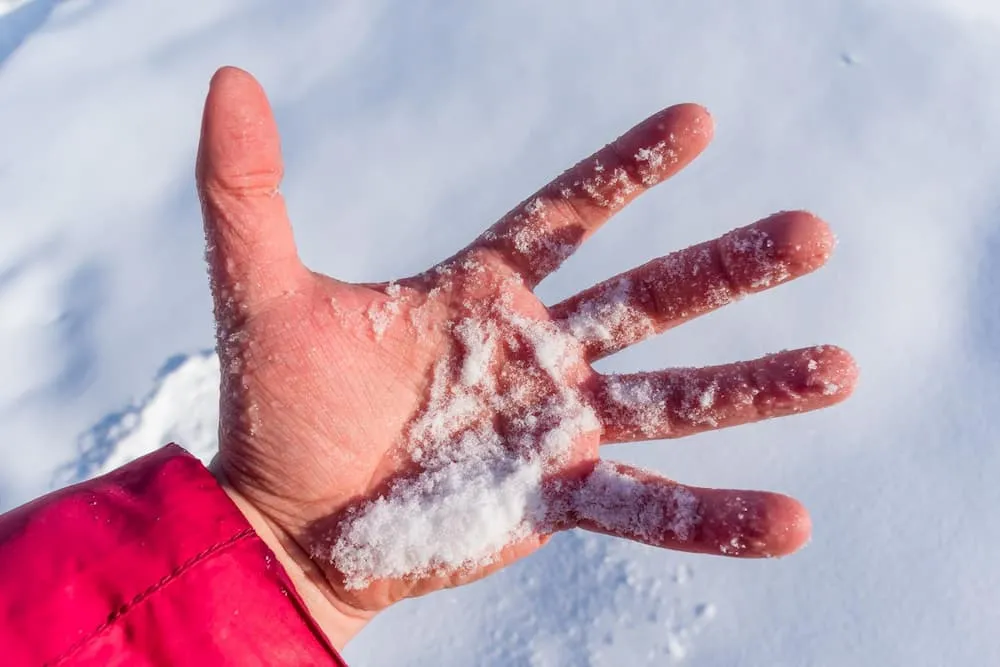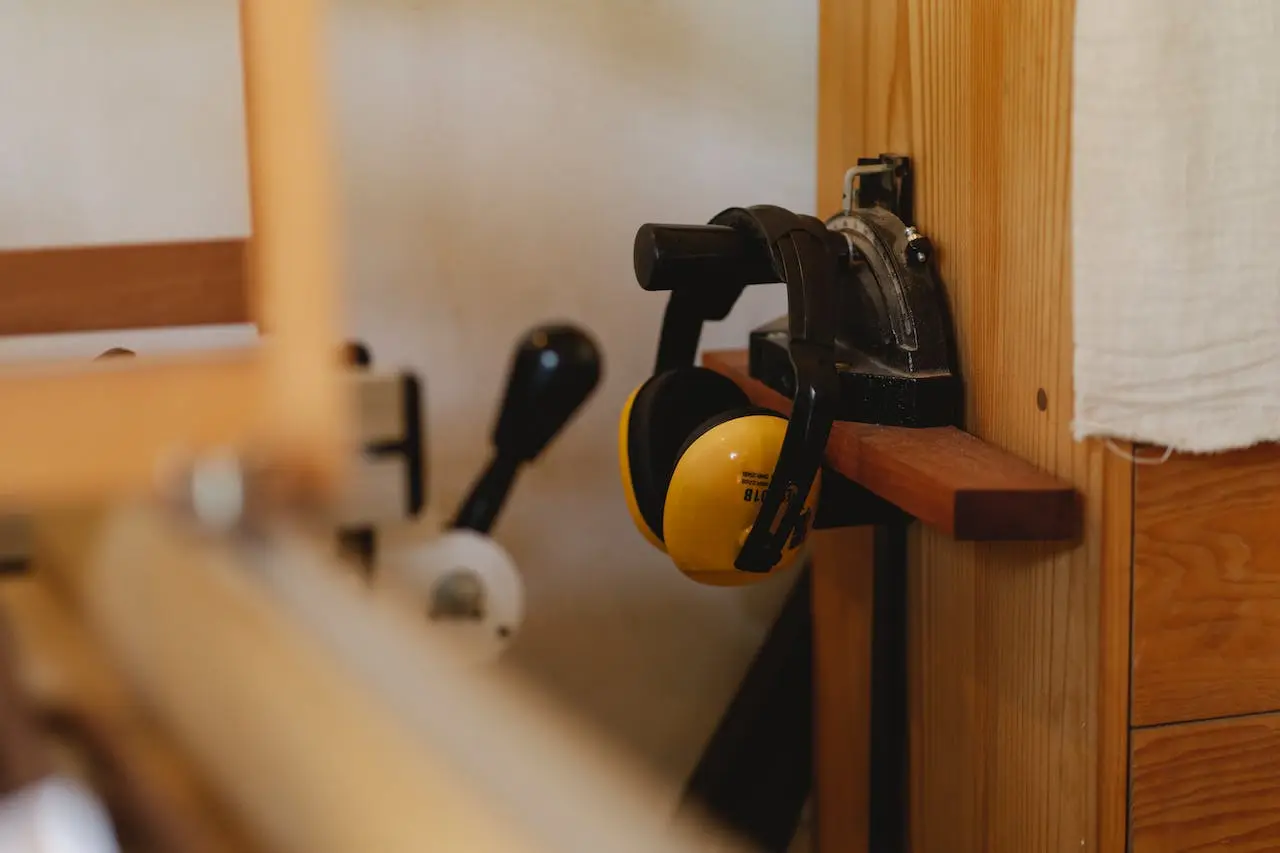In both summer and winter, we need sturdy and durable work boots that will perform well in all conditions - high humidity, cold - plus, when worn all day, they will adequately wick moisture away from the inside. In various types of halls and warehouses, a metal tip will be necessary to protect the foot in case something could fall on it. What kind of work boots for winter can you get in our store?
What do we require from work boots?
Depending on what we do for a living, whether we work outdoors or indoors, in a hall or warehouse, we have different expectations and requirements for work shoes. However, the basic requirement is to meet the conditions set by the Occupational Safety and Health Administration for working footwear. In warehouses and halls where there are heavy carts or pallets, it is necessary to have metal reinforcement on the shoes to protect the foot from impact. For those who are forced to kneel a lot, shoes with so-called nose pads that make the work easier will be suitable. Still other requirements will be for those working on construction sites - shoes must provide traction when climbing scaffolding, climbing a ladder, as well as slip resistance to prevent mishaps.
Shoe markings
Work boots must meet certain requirements, and these can be recognized by various designations - the letters S, P and O. The letter S stands for "safety boots", which are able to withstand impact with a force of 200 J and compression with a force of 15 kN. The letter P, on the other hand, provides resistance to impacts with a force of 100 J and compression with a force of 1o kN (these are safety shoes). The least durable are shoes marked with the letter O, as occupational shoes. Moreover, in the case of work boots, the SB designation gives a basic level of safety. S1 boots are described as electrostatic boots, S2 are waterproof boots - often chosen just for winter and construction. The safest boots are those described as S3, which have the thickest sole. You can also find such in our store, for example, HERE.
What to pay attention to when buying work boots for winter? On the thickness of the sole
There are several elements of the shoe that must meet certain requirements in order for a work shoe to perform well on a daily basis and serve us for several years, not just one season. First of all, pay attention to the sole - this sole must be thick and durable, so that it adequately insulates from the ground. In addition, with a thick sole, there is much less risk of puncturing it and injuring the foot, for example, by stepping on protruding wires, nails or broken glass. In addition, when walking on stones, rubble or gravel, a thicker sole will prevent painful abrasions or corns. In addition, you can invest in shoes that have an additional, anti-scratch insole, or buy one separately.
See the range of shoe accessories
Work bits for winter are non-slip, waterproof and "breathable" shoes
If you walk on roofs or slippery surfaces on a construction site, it is worth betting on non-slip shoes, preferably, higher, ankle-length ones. Why? Such a higher upper stabilizes the ankle joint and prevents injuries resulting from poor foot placement on an uneven or just slippery surface. Water resistance is also of great importance - since we spend from 8 to 12 hours at work, walking for a longer period of time in wet shoes guarantees one thing - compulsory L4. Therefore, it is worth investing in a waterproof membrane, so that rain, puddles and mud are not afraid of us. Importantly, remember that the foot in the shoe must "breathe", so the shoe should prevent excessive perspiration of the foot and wick away moisture. This will protect the worker, for example, from fungal diseases, which develop very easily in a humid environment, and their subsequent treatment can be lengthy. It is better to invest in good shoes for an employee than to later look for a replacement for several weeks.
Work boots for winter are also comfortable shoes
Since we spend a significant part of the day at work, we need to have footwear on our feet that will ensure not only safety, but also comfort. It's best to choose lace-up shoes, as these are the ones we can most easily adjust to the foot. The footwear must be warm, comfortable and not cause chafing or pressure anywhere. Remember that it is essential to try the shoes on before buying them, to check the size and comfort of the wearer.







